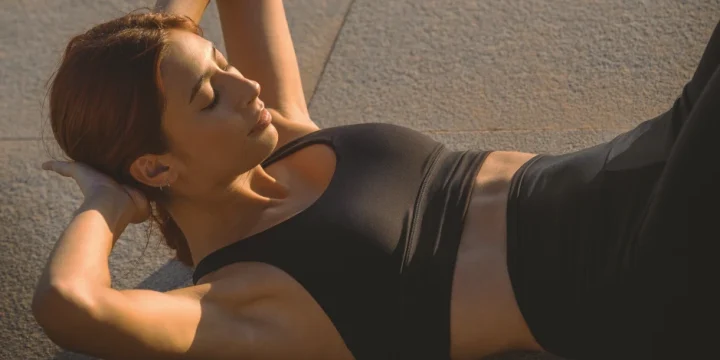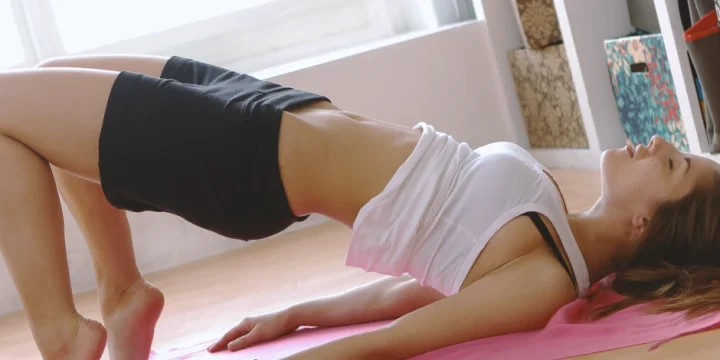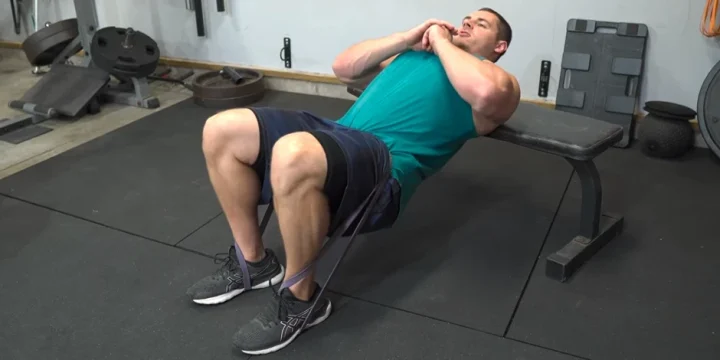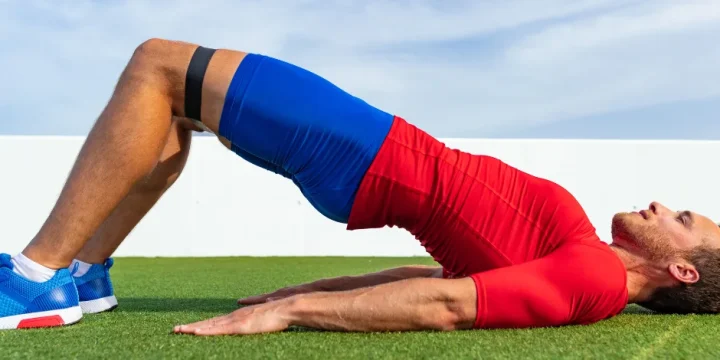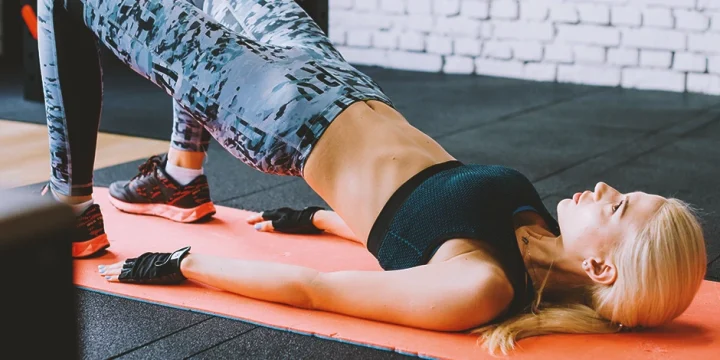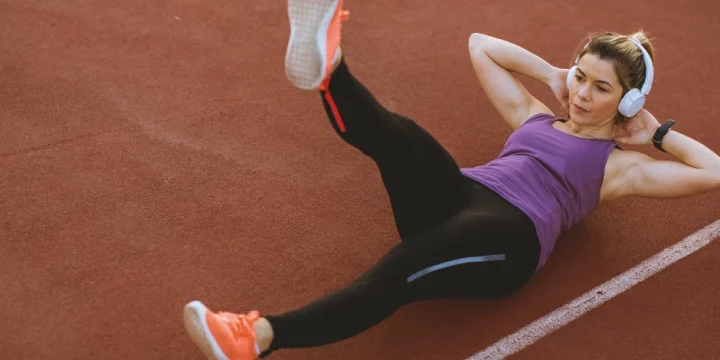As a personal trainer with years of experience, I always advise my clients not to focus just on ab crunches to strengthen their core. And one of the best additions I recommend is doing slow and steady walkouts.
Many people struggle with the correct form in walkouts, reducing the exercise's effectiveness. I've developed comprehensive instructions to address this.
And I also got a physio to explain which muscles you’ll target with this bodyweight exercise.
Quick Summary
- Walkout exercises effectively target core muscles, including the obliques, hip flexors, triceps, and upper back, enhancing overall core strength.
- The exercise involves keeping legs straight and walking hands forward to a plank position, then returning to standing, with variations for increased intensity.
- Being low-impact exercises, walkouts are ideal for improving flexibility and are suitable for different fitness levels.
- In my experience, incorporating walkouts into regular fitness routines offers a comprehensive core workout, significantly improving core stability and strength without straining joints.
How Do You Do A Proper Walkout?

Perform walkouts by keeping legs straight and feet stationary, walking your hands to a high plank position, effectively aiding weight loss.
Here are my instructions for you to follow step by step:
- Start in a standing position with your feet hip-width apart.
- Bring your upper body slowly down until your hands are on the floor in front of you.
- Now, slowly walk your hands forward, just a few inches at a time.
- You’ll eventually get into a plank position with your full body in a straight line.
- From here, walk your hands back to the starting position and stand up tall again.
If flexibility issues prevent straight legs during walkouts, it's acceptable to slightly bend your knees.
But this could be a good indication that you could get some benefits from stretching, which are numerous as confirmed by the article published on the Mayo Clinic website [1].
What Muscles Do Walkouts Work?

Hand walkouts will work muscles in your core, hips, back, and upper arms at different stages of the exercise.
Here is a more detailed list that my physio provided about the specific muscles:
- Abdominal muscles: Your abs will pretty much fully engage from the start from the upper to the lower ones [2].
- Obliques: These are the side abs, and with some variation to the positioning of your feet, you can better target these areas [3].
- Hip flexors: These muscles run through your pelvis, and you’ll mainly feel these as you progress back to the starting point and stand up [4].
- Triceps: As you move your hands on the floor, you’ll engage your triceps, and you can add some extra strain with push-ups at the halfway point [5].
- Upper back: By adding our push-up variation from below, you’ll also find that you engage your back muscles.
Main Benefits
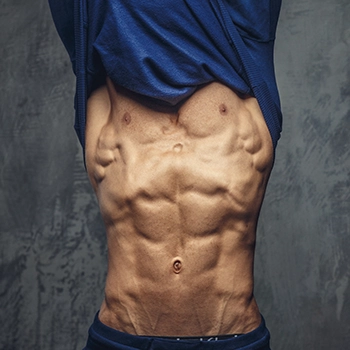
The main benefit you get from the walkout is great exercise that targets all core muscles.
It’s a great compound exercise, and with the right form, you’ll get a fully ripped core [6].
Increase workout intensity by adding more repetitions, slowing down movements, or incorporating push-ups.
And because it’s a low-impact workout, you won’t end up doing damage to your back or hips in the process.
There’s even some benefit for flexibility as you’ll be stretching your hamstrings in the process.
Walkouts effectively engage core, shoulder, and arm muscles, enhancing overall upper body strength. This exercise boosts posture, balance, and offers a comprehensive workout by simultaneously activating multiple muscle groups, leading to efficient fitness gains.
“Compound exercises are moves that involve more than one joint and muscle group at a time, as opposed to an isolation exercise that only works one muscle/joint at a time.”
- Heather Black, CPT, Nutrition Coach
Walkout Variations
Here are two simple ways to make this exercise a bit more intense.
From my training experience, pausing for a downward dog push-up mid-way during walkouts can significantly enhance core engagement. This technique, which I often use in my routines, also applies when reaching the plank position.
The other thing you should consider is getting into a different stance at the standing position.
You can either have your feet hip-width apart or get them much closer together.
And by placing one foot on top of the other, you’ll create a slight imbalance that forces your body to work harder to maintain a straight line.
FAQs
Are Walkouts Effective?
Yes, walkouts are effective for training your core. They are also very low impact for your leg joints, hips, and shoulders, meaning that you won’t be adding unnecessary strain on your body. Increased muscle strain with lower joint strain is always an effective approach.
When Should You Do Walkouts?
You should do walkouts on your upper body and core training days. This exercise will mainly impact your abs, but with some slight variations, you’ll also strengthen your back and shoulders. You could also do these as part of a warm-up routine to get your full body activated.
References:
- https://www.mayoclinic.org/healthy-lifestyle/fitness/in-depth/stretching/art-20047931
- https://us.humankinetics.com/blogs/excerpt/learn-the-anatomy-of-abs
- https://www.kenhub.com/en/library/anatomy/external-abdominal-oblique-muscle
- https://www.physio-pedia.com/Hip_Flexors
- https://www.physio-pedia.com/Triceps_brachii
- https://www.ncbi.nlm.nih.gov/pmc/articles/PMC5744434/
About The Author
You May Also Like
